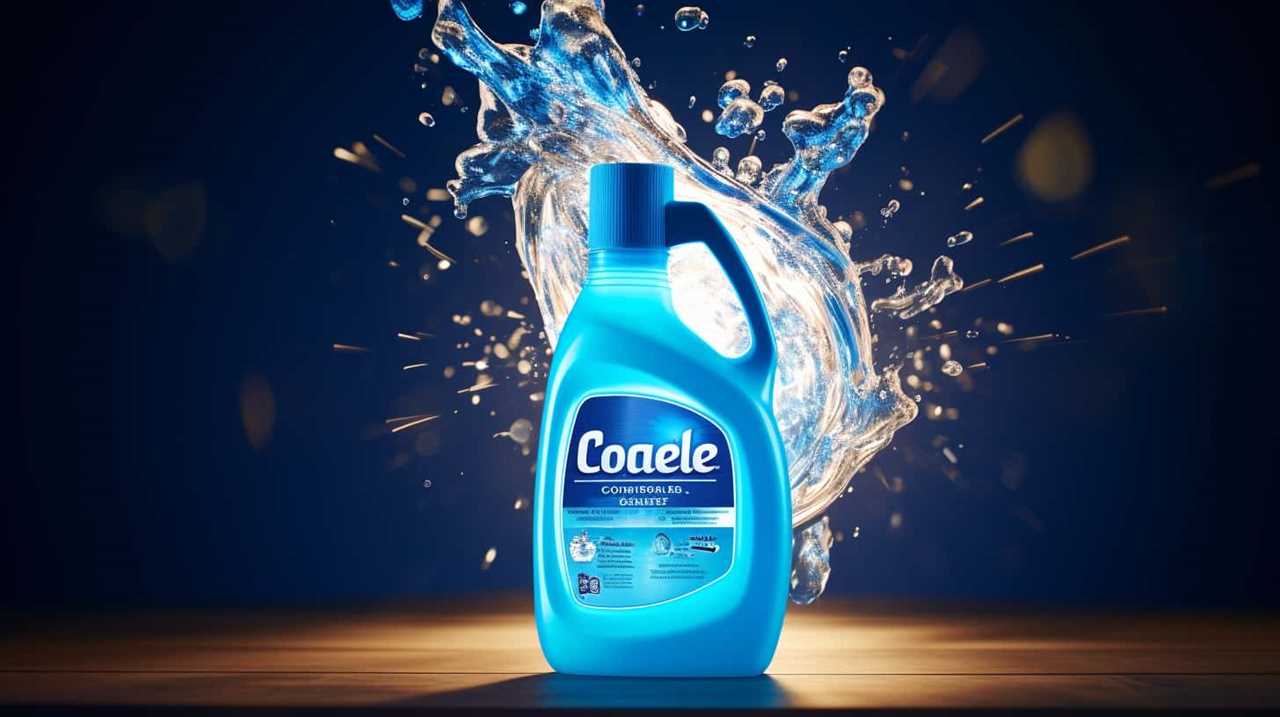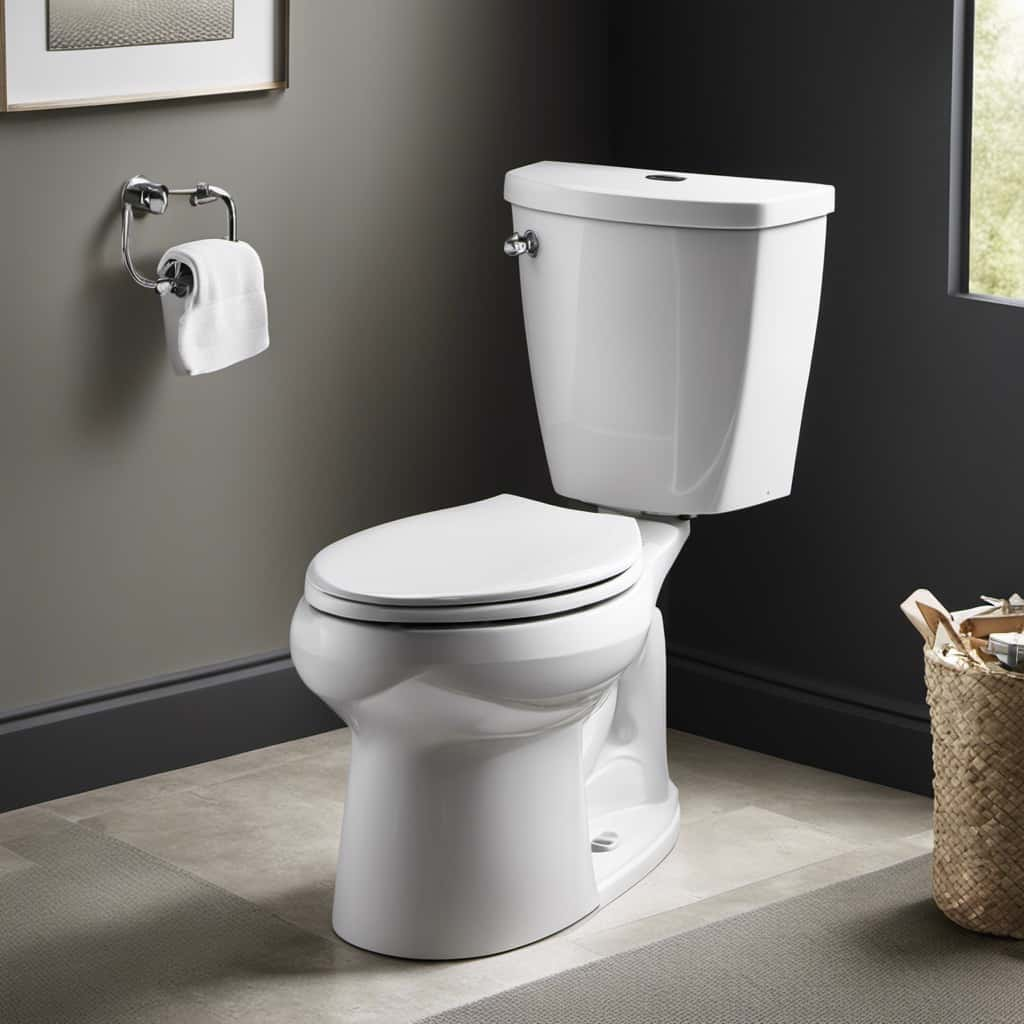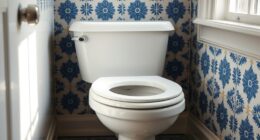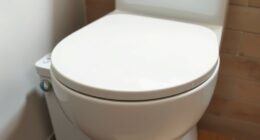Let’s discuss the items we must never dispose of in our toilets. Certain objects, when flushed, can lead to significant issues within our sewage systems. This includes everything from materials that do not break down naturally, to moist towelettes and feminine hygiene products. Understanding what not to flush is crucial.
Condoms, dental floss, and even cigarette butts should also be disposed of properly. Additionally, grease, cooking oil, cat litter, and hair can wreak havoc on our pipes.
Join us as we delve into the do’s and don’ts of toilet flushing.
Key Takeaways
- Flushing non-biodegradable items like wet wipes and sanitary products can clog pipes, cause expensive repairs, and harm the environment.
- Proper disposal methods should be followed to protect the plumbing system and prevent pollution of waterways.
- Eco-friendly alternatives like reusable menstrual cups and cloth pads should be considered to reduce waste and promote sustainability.
- Items such as condoms, dental floss, medications, paper towels, cotton balls, diapers, cigarette butts, grease, cooking oil, cat litter, and hair should never be flushed down the toilet as they can cause clogs, damage the plumbing system, and have negative environmental consequences.
Non-Biodegradable Items
Flushing non-biodegradable items down the toilet poses a significant risk to our plumbing system and the environment. It’s crucial to understand the proper disposal methods to minimize the environmental impact of flushing.
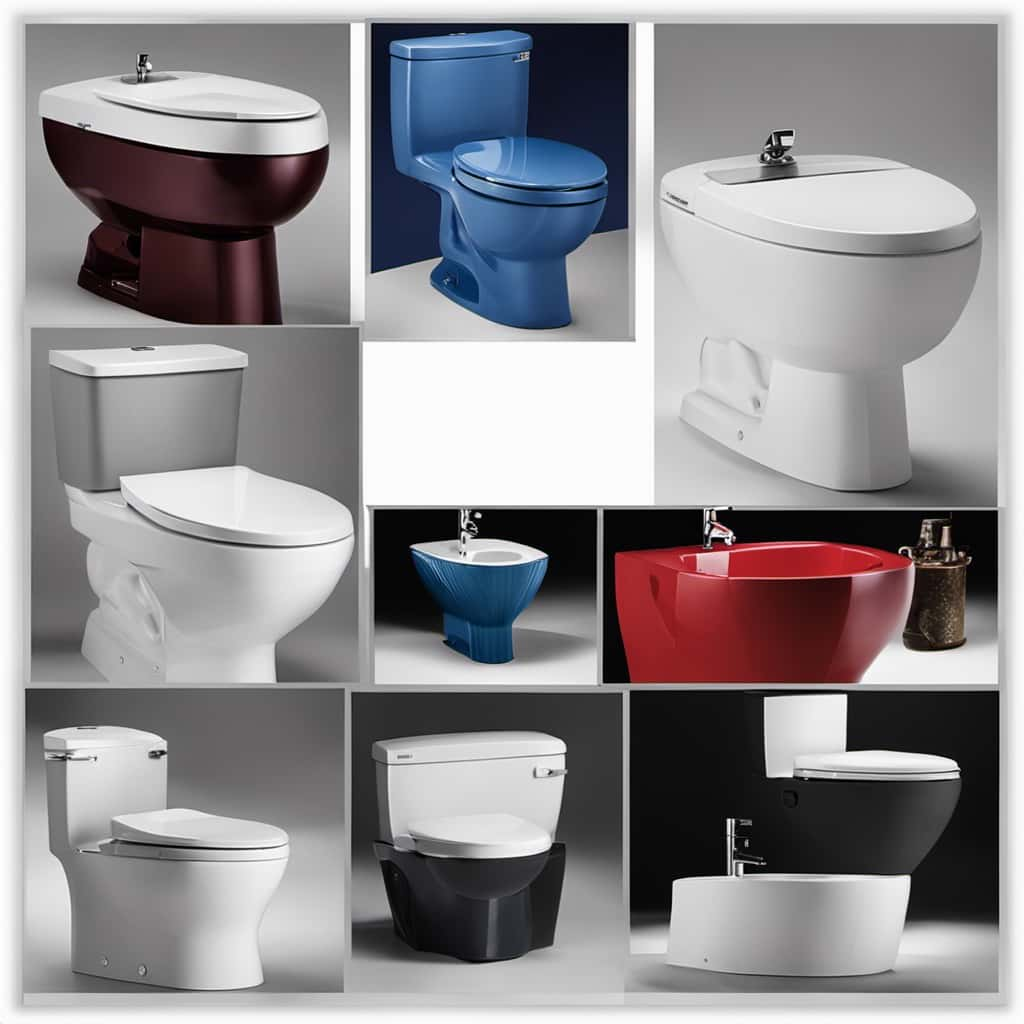
Non-biodegradable items, such as plastic wrappers, tampons, or cotton swabs, don’t break down easily in water. When flushed, these items can clog pipes, leading to costly repairs and potential backups. Moreover, they can end up in our waterways, causing harm to marine life and polluting the ecosystem.
To avoid these issues, it’s essential to dispose of non-biodegradable items in the appropriate waste receptacles. By doing so, we can protect our plumbing system and the environment, ensuring a sustainable future for all.
Now, let’s delve into the next section about the impact of ‘wet wipes’.
Wet Wipes
Wet wipes can cause significant damage to our plumbing system and the environment when flushed down the toilet. These single-use wipes are made of non-biodegradable materials such as polyester, polypropylene, and cotton fibers, which don’t break down easily.
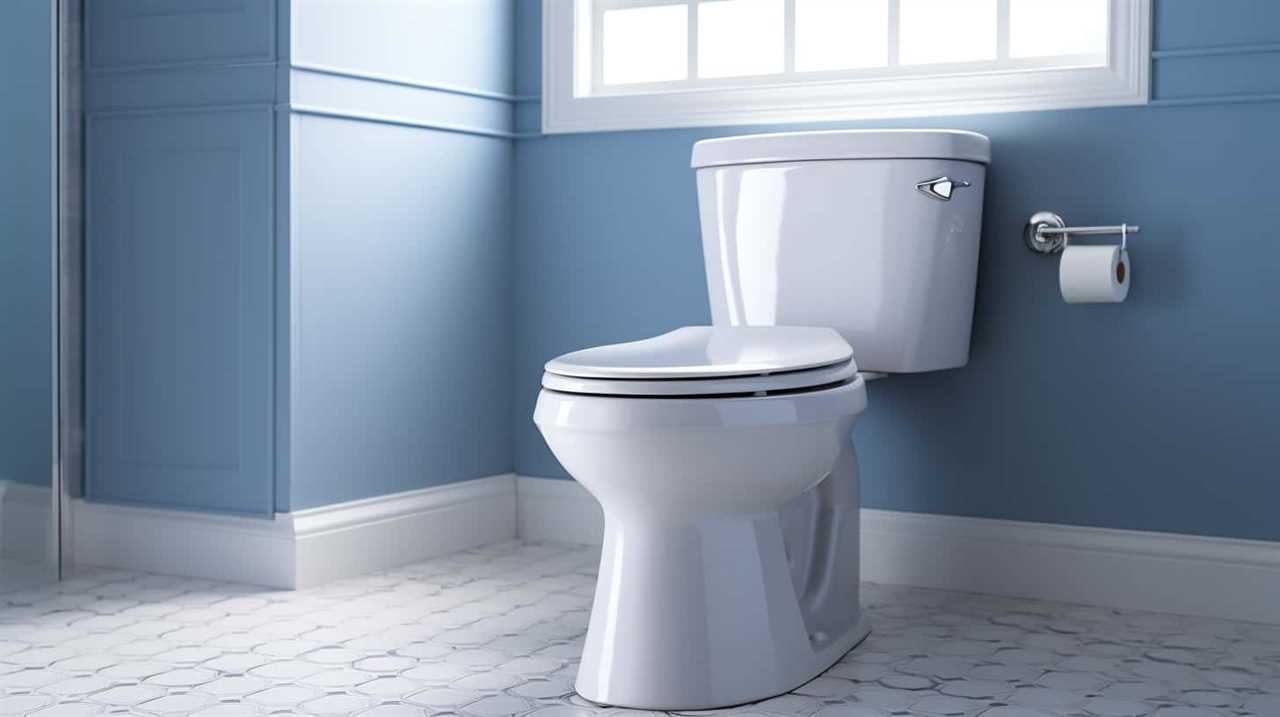
Here are some important points to know about the proper usage and alternatives to wet wipes:
- Proper usage:
- Wet wipes should never be flushed down the toilet as they can clog pipes and block sewage systems.
- Dispose of wet wipes in the trash to prevent plumbing issues and environmental harm.
- Use wet wipes only for their intended purpose, such as personal hygiene or cleaning surfaces.
- Alternatives:
- Consider using toilet paper, which is designed to break down quickly in water.
- Opt for reusable cloth wipes that can be washed and reused, reducing waste and environmental impact.
- Explore bidets or bidet attachments as a more sustainable option for cleansing.
Sanitary Products
When it comes to sanitary products, such as tampons, it’s important to note that non-flushable tampons should never be flushed down the toilet. Instead, proper disposal methods should be followed, such as wrapping them in toilet paper and placing them in a designated waste bin.
Flushing these products can have a negative environmental impact, as they can clog pipes and contribute to sewage backups and water pollution.
Non-Flushable Tampons
We should never flush any non-flushable tampons or other sanitary products down the toilet. Flushing non-flushable tampons can have serious consequences for both our plumbing systems and the environment. Here are some key points to consider:

- Non-flushable tampons, when flushed, can clog pipes and cause blockages in sewage systems. These blockages can result in costly repairs and inconvenience for homeowners and municipalities.
- Flushing non-flushable tampons can also have a significant environmental impact, as they contribute to the buildup of non-biodegradable waste in our waterways.
By properly disposing of non-flushable tampons in designated waste bins, we can avoid these issues and help protect our plumbing systems and the environment.
Now, let’s explore the proper disposal methods for these tampons and other sanitary products.
Proper Disposal Methods
To ensure the proper disposal of sanitary products, it’s essential that we utilize designated waste bins rather than flushing them down the toilet. Sanitary products such as tampons, pads, and liners should never be flushed as they can cause blockages in the plumbing system and harm the environment.
Instead, we should adopt eco-friendly disposal methods that minimize waste and protect our ecosystems. One of the most effective disposal methods is to wrap the used sanitary product in toilet paper or a biodegradable bag and place it in a designated waste bin. This prevents the products from entering the sewage system and allows for proper disposal.
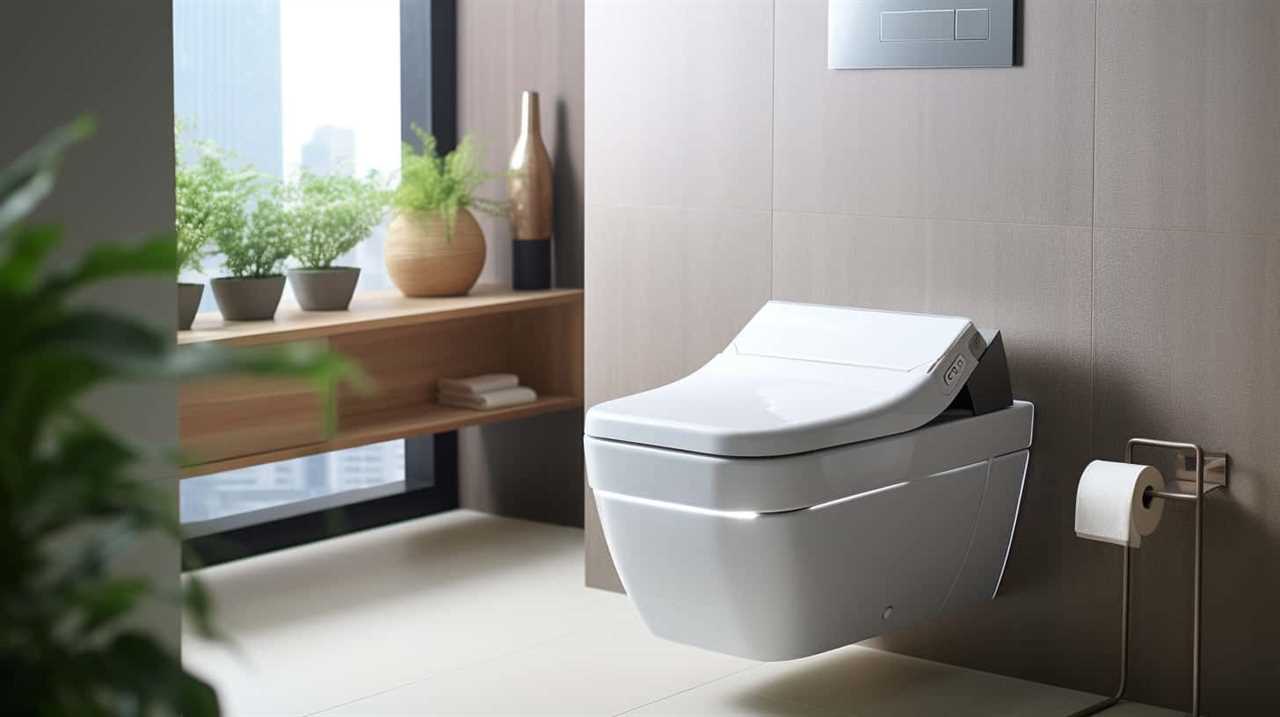
Additionally, there are eco-friendly alternatives available, such as reusable menstrual cups and cloth pads, which can be washed and reused, reducing waste and promoting sustainability.
Environmental Impact of Flushing?
Flushing sanitary products can have a detrimental environmental impact, leading to potential blockages in the plumbing system and harm to our ecosystems. It’s crucial to practice proper toilet etiquette and be mindful of the potential consequences of flushing these products.
Here are some key points to consider:
- Proper toilet etiquette:
- Always dispose of sanitary products in designated waste bins.
- Don’t flush tampons, pads, or panty liners down the toilet.
- Use biodegradable alternatives whenever possible.
- Water conservation:
- Flushing sanitary products requires additional water usage, contributing to wastage.
- By disposing of these products properly, we can conserve water resources.
- Environmental impact:
- Flushed sanitary products can cause blockages in plumbing systems, leading to costly repairs.
- These products may end up in water bodies, polluting the environment and harming marine life.
Condoms
Flushing condoms down the toilet can cause serious plumbing issues. Not only can they clog pipes, but they can also wreak havoc on sewage systems and the environment. Proper disposal methods should always be used to prevent these problems. Let’s take a look at the environmental impact of flushing condoms.
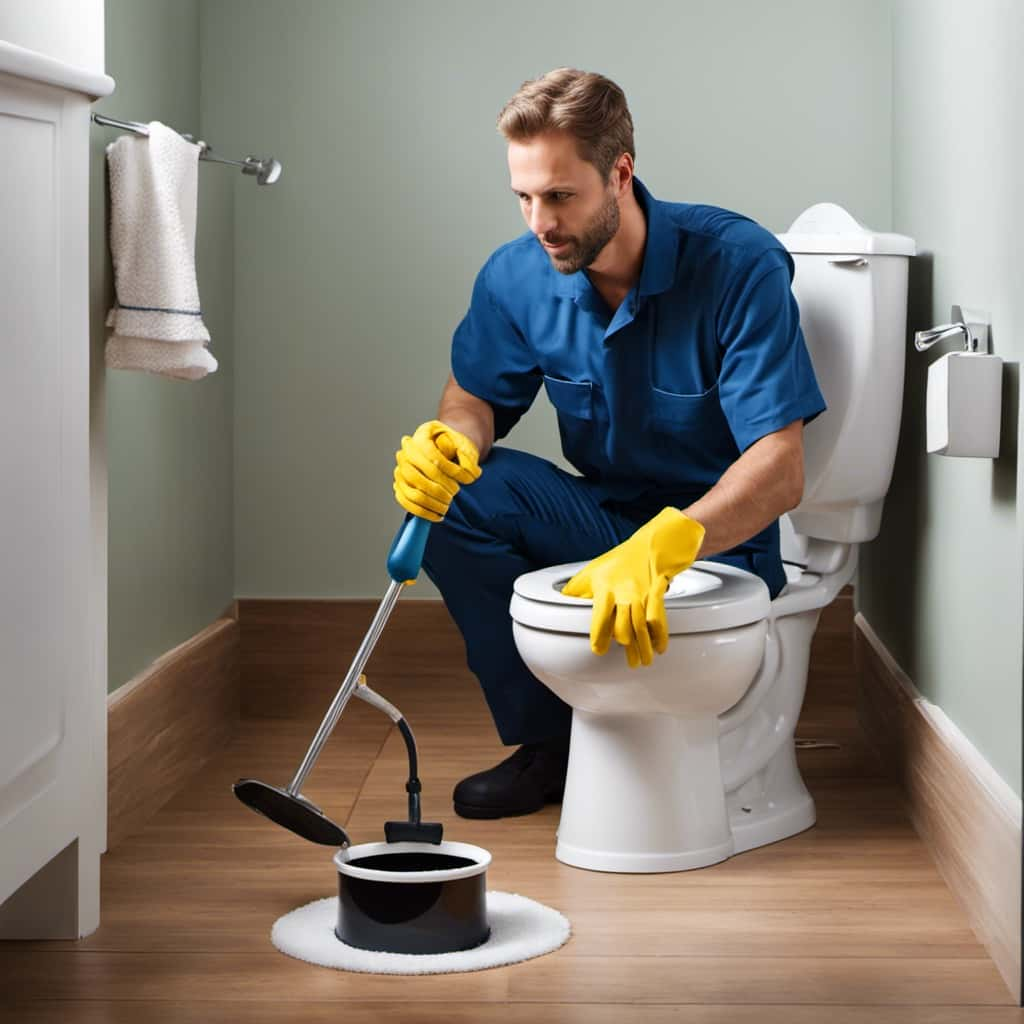
| Environmental Impact | Description |
|---|---|
| Clogs and Blockages | Flushing condoms can lead to clogs and blockages in plumbing systems, resulting in costly repairs. |
| Sewage System Damage | Condoms can accumulate in sewage systems, causing damage and hindering the proper flow of wastewater. |
| Pollution | When condoms end up in water bodies, they contribute to water pollution, harming aquatic life and ecosystems. |
It is crucial to dispose of condoms properly by wrapping them in tissue, placing them in a trash bin, and never flushing them down the toilet. Now, let’s move on to the next subtopic: dental floss.
Dental Floss
When it comes to flushing dental floss down the toilet, there are two main concerns.
First, floss can easily clog the toilet and cause plumbing issues.
Second, the environmental impact of dental floss is often overlooked, as it isn’t biodegradable and can harm aquatic life if it ends up in waterways.
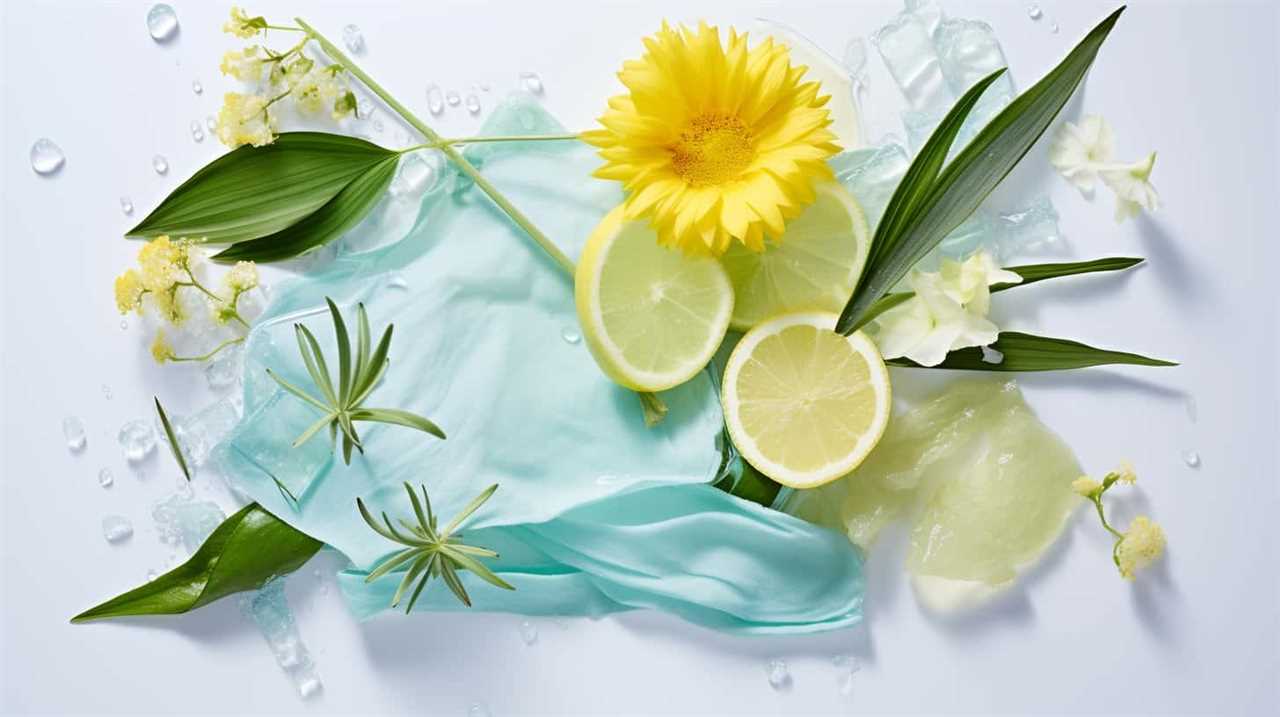
It’s important to dispose of dental floss properly in the trash rather than flushing it down the toilet.
Floss Clogs Toilet
Our dental office warns against flushing dental floss down the toilet due to the potential for clogs. Flushing floss may have serious environmental consequences and can lead to costly plumbing issues. To help you understand why it’s important to avoid flushing floss, here are some key points:
- Dental floss isn’t biodegradable and can take years to break down in the sewage system.
- Flushed floss can accumulate with other debris, leading to clogs in pipes and sewage systems.
- Clogs can cause blockages and backups, resulting in sewage spills and potential damage to the environment.
Fortunately, there are alternatives to flushing floss that are both eco-friendly and effective:
- Dispose of floss in the trash can to prevent clogs and protect the environment.
- Consider using biodegradable floss made from natural materials.
- Explore other dental hygiene practices, such as interdental brushes or water flossers, which can reduce the need for traditional flossing.
Environmental Impact of Floss?
Flossing can have a significant environmental impact due to its non-biodegradable nature and potential for clogging sewage systems. When dental floss is flushed down the toilet, it can accumulate in sewage systems, leading to blockages and costly repairs.
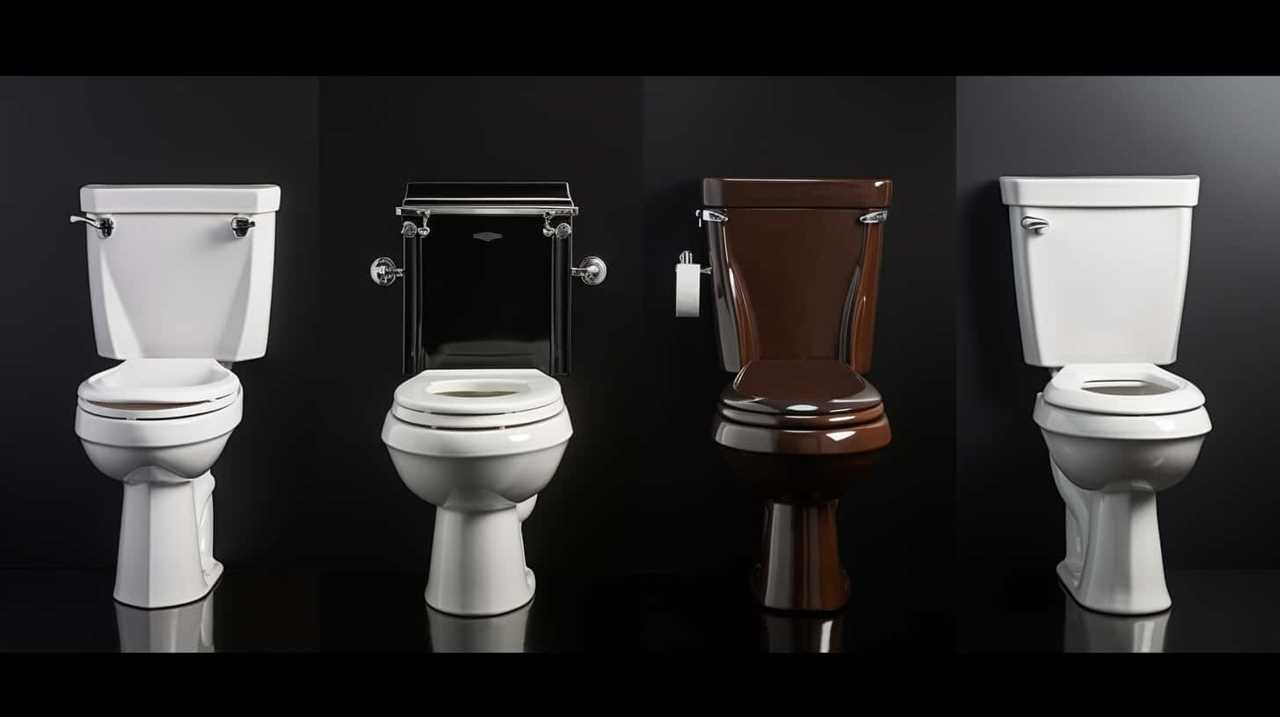
Moreover, the environmental consequences extend beyond sewage systems. Traditional dental floss is made from nylon or Teflon, both of which are non-biodegradable materials derived from petroleum. As a result, when floss ends up in waterways, it can break down into microplastics, which have been found in alarming quantities in our oceans and freshwater systems.
These microplastics pose a threat to aquatic life and can also find their way into our food chain. Therefore, it’s important to dispose of dental floss properly by placing it in the trash rather than flushing it down the toilet, to minimize its impact on sewage systems and the presence of microplastics in our waterways.
Medications
We should never flush medications down the toilet. Improper disposal methods can have a significant environmental impact. Here are some reasons why:
- Medications contain chemicals that can contaminate water sources.
- Flushing medications can contribute to the development of antibiotic resistance in bacteria.
- The filtration systems in wastewater treatment plants aren’t designed to remove all pharmaceutical compounds.
Proper disposal methods for medications include:
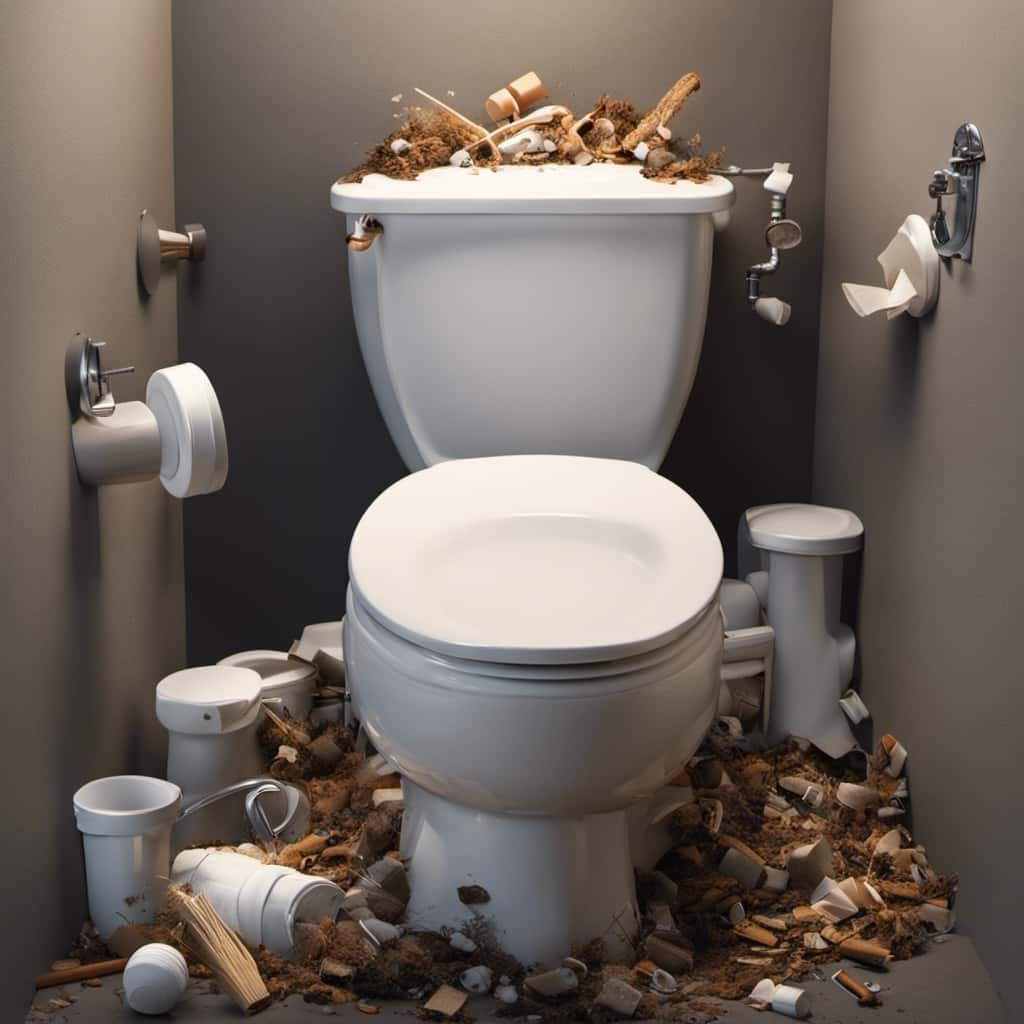
- Take-back programs: Many pharmacies and healthcare facilities offer take-back programs where you can safely dispose of unused medications.
- Drug deactivation systems: These systems render medications unusable and safe to dispose of in regular trash.
- Mixing with undesirable substances: Mixing medications with substances like coffee grounds or cat litter can make them less appealing to animals and discourage misuse.
Paper Towels
When it comes to flushing items down the toilet, paper towels should never be included. Unlike toilet paper, paper towels are not designed to break down quickly in water. Flushing paper towels can lead to clogs in the plumbing system and cause costly repairs. Proper disposal methods for paper towels include throwing them in the trash, composting them if they are made from biodegradable materials, or using them for cleaning purposes and then disposing of them properly. The environmental impact of flushing paper towels is significant. They can contribute to sewage backups and overflows, leading to water pollution and potential harm to aquatic life. It is crucial to educate others about the importance of using proper disposal methods for paper towels to protect our environment.
| Proper Disposal Methods | Environmental Impact of Flushing |
|---|---|
| Throw them in the trash | Water pollution |
| Compost if biodegradable | Harm to aquatic life |
| Use for cleaning | Sewage backups and overflows |
Cotton Balls and Swabs
Continuing the discussion on what shouldn’t be flushed down the toilet, another item that poses a risk to plumbing systems and the environment is cotton balls and swabs. While these items may seem small and harmless, they can cause major problems when flushed down the toilet. Here are some important points to consider:
- Proper disposal methods: Cotton balls and swabs should be disposed of in the trash bin, never flushed down the toilet. This ensures they’re properly disposed of and don’t contribute to plumbing issues.
- Environmental impact of flushing: Flushing cotton balls and swabs can lead to clogs in the plumbing system, potentially causing blockages and backups. Additionally, these items can end up in water bodies, posing a threat to marine life and the overall ecosystem.
- Alternative options: Instead of flushing cotton balls and swabs, consider using biodegradable alternatives or reusable options. This reduces waste and minimizes the environmental impact.
Proper disposal methods and being mindful of the environmental impact of flushing can help maintain the integrity of plumbing systems and protect the environment.
Diapers
One common item that should never be flushed down the toilet is a large quantity of diapers. Diapers aren’t designed to break down in water and can cause major clogs in the plumbing system. Proper disposal methods for diapers involve placing them in a sealed bag and throwing them in the regular trash.
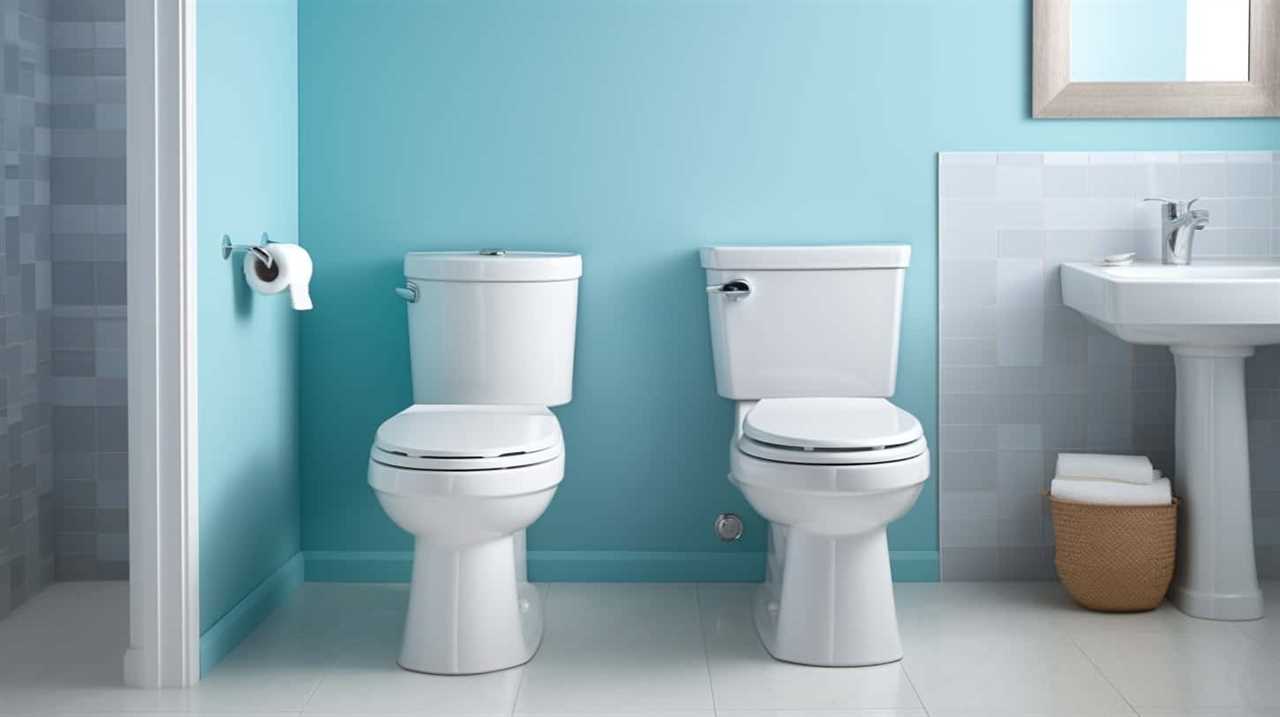
Flushing diapers not only poses a risk to your plumbing, but it also has a significant environmental impact. When flushed, diapers can end up in the sewer system, where they can contribute to blockages and overflow. Additionally, the materials used in diapers can take hundreds of years to decompose, causing long-term harm to the environment.
It’s essential to consider the proper disposal methods for diapers to minimize both plumbing issues and environmental damage.
Cigarette Butts
Flushing cigarette butts down the toilet is a harmful practice that should be avoided. Improper cigarette butt disposal not only poses risks to our plumbing systems but also has severe environmental consequences. Here are three reasons why flushing cigarette butts is detrimental:
- Water Contamination: Cigarette butts contain harmful chemicals that can leach into the water supply when flushed down the toilet. These toxins can pollute our rivers, lakes, and oceans, endangering aquatic life and compromising water quality.
- Pipe Blockages: Cigarette filters aren’t biodegradable and can easily clog pipes, leading to costly plumbing repairs. The accumulation of flushed cigarette butts can create blockages that impede the flow of wastewater, causing backups and potential sewage overflows.
- Litter and Fire Hazards: Discarded cigarette butts can end up in our waterways and contribute to unsightly litter. Additionally, the improper disposal of lit cigarette butts can spark fires, posing a risk to homes, forests, and wildlife.
Transition: Now that we’ve discussed the harmful effects of flushing cigarette butts, let’s explore another problematic item that should never be flushed: grease and cooking oil.
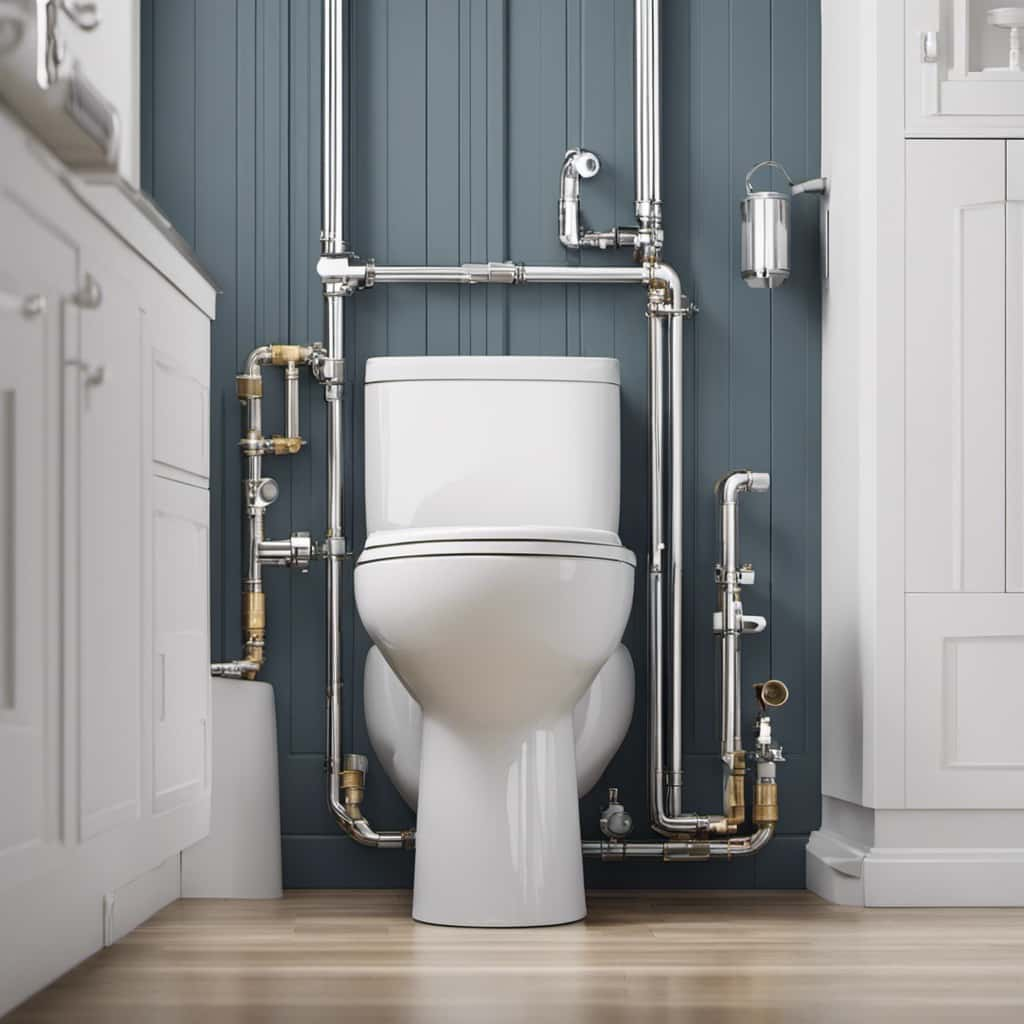
Grease and Cooking Oil
Grease and cooking oil should never be flushed down the toilet as they can cause serious problems. When grease and oil are poured down the toilet, they can solidify and build up in the plumbing pipes, leading to clogs and blockages.
Additionally, when these substances enter the sewer system, they can harm aquatic ecosystems by contaminating waterways and endangering marine life.
It’s important to dispose of grease and cooking oil properly by allowing them to cool and solidify, and then disposing of them in the trash.
Clogs Plumbing Pipes
Our household’s experience with clogging plumbing pipes has shown that pouring cooking oil and grease down the toilet causes significant blockages. Flushing these substances can lead to serious plumbing issues and costly repairs.

To help you understand the importance of proper disposal methods and the environmental impact of flushing grease and cooking oil, consider the following:
- Proper disposal methods:
- Dispose of used cooking oil in a sealable container and place it in the trash.
- Allow grease to solidify and scrape it into a non-recyclable container for disposal.
- Consider recycling used cooking oil at designated collection points.
- Environmental impact of flushing:
- Flushing grease and cooking oil can contribute to the formation of fatbergs in sewer systems.
- Fatbergs can block the flow of wastewater, leading to sewer backups and environmental contamination.
- The accumulation of fatbergs requires extensive and costly efforts to remove.
Harms Aquatic Ecosystems
To further exacerbate the issue, the improper disposal of grease and cooking oil not only clogs plumbing pipes but also harms aquatic ecosystems. When grease and cooking oil are flushed down the toilet, they enter the sewer system and eventually make their way into rivers, lakes, and oceans. This can have devastating effects on the environment and the organisms that rely on these ecosystems for survival.
The environmental impact of flushing grease and cooking oil is significant. As these substances enter the water, they form a thick layer on the surface, blocking sunlight from reaching underwater plants and organisms. This leads to a decrease in oxygen levels and disrupts the delicate balance of the aquatic ecosystem. Additionally, the accumulation of grease and oil can suffocate fish and other aquatic life, leading to their death.
Proper disposal methods for grease and cooking oil exist to prevent these harmful effects. Instead of flushing them down the toilet, it’s recommended to collect and store them in a sealed container and dispose of them in the trash. This ensures that they’re disposed of properly and don’t harm the environment.
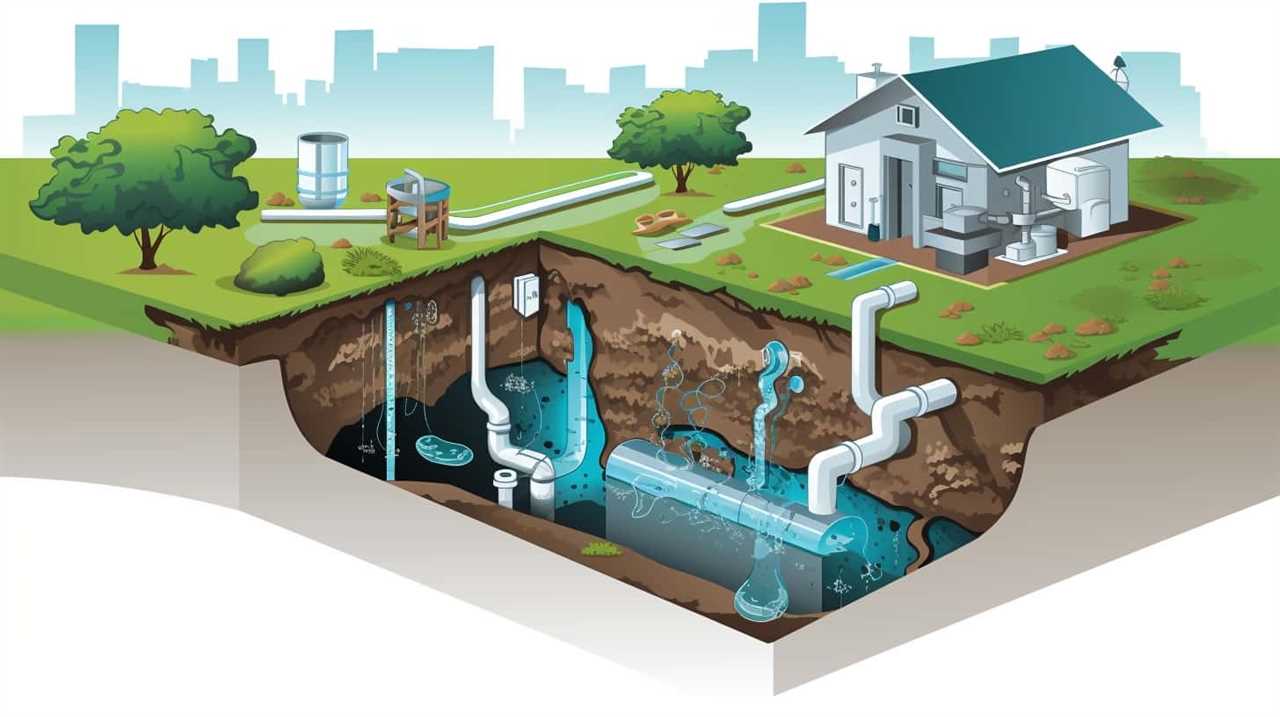
Cat Litter
As responsible pet owners, we must never flush cat litter down the toilet due to its potential to cause clogs and damage to the plumbing system. Cat litter is designed to absorb moisture and clump together, making it highly likely to create blockages in pipes.
Additionally, flushing cat litter can have severe environmental consequences. Here are some important points to consider:
- Proper disposal methods: Instead of flushing cat litter, it should be scooped and placed in a bag that’s securely tied, then thrown in the trash.
- Environmental impact of flushing: Cat litter often contains clay or silica, which can be harmful to marine life if it enters waterways. Flushing can introduce these contaminants into the environment, impacting aquatic ecosystems.
- Safer alternatives: Look for eco-friendly cat litter options made from biodegradable materials or recycled paper that can be composted or disposed of in the trash.
Hair
Flushing hair down the toilet can lead to clogs and plumbing damage, just like cat litter. Hair isn’t biodegradable and can easily get tangled in the pipes, causing blockages and backups. To prevent this, it’s important to dispose of hair properly.
Instead of flushing it, consider collecting hair in a trash bag or bin and throwing it in the garbage. Additionally, taking good care of your hair can minimize hair loss and the need to flush it. Regularly brushing your hair and using a drain catcher in the shower can help prevent hair from going down the drain.

If you’re concerned about hair loss, there are natural remedies available such as using essential oils, massaging the scalp, and maintaining a healthy diet.
Conclusion
In conclusion, it’s crucial to be mindful of what we flush down the toilet to avoid potential blockages and environmental harm. Non-biodegradable items, wet wipes, sanitary products, condoms, dental floss, cigarette butts, grease and cooking oil, cat litter, and hair should never be flushed.
By making responsible choices and disposing of these items properly, we can contribute to a healthier and more sustainable environment for ourselves and future generations.



